|
|
|
|
|
|
The Chicago, South Shore & South Bend Railroad (CSS&SB) is more commonly known as the South Shore Line (SSL).
It has been called "America's Last Interurban".
The line began as the Chicago, Lake Shore & South Bend Railroad. Service between Michigan City and South Bend
began June 30, 1908. It was later extended to Pullman, IL, where passengers transferred to the Illinois Central suburban
service to reach Chicago. Later, the CLS&SB coaches were pulled by the IC steam locos to downtown Chicago.
In 1925 Sam Insull added the line to his empire. He changed the name to Chicago, South Shore & South Bend Railroad
a.k.a. the South Shore Line, and began to upgrade the line and equipment.
By August 1926 the IC had completed electrifying its suburban line into Chicago and the South Shore Line was able to
operate straight through to the Randolph Street terminal.
In 1942 they began increasing passenger capacity by lengthening several cars. They also added air conditioning, and
fluorescent lights, luxuries not found on most interurbans.
Although its passenger service declined like the other interurbans, the SSL had one advantage. Its access to the steel mills
and other industries around Gary made it attractive to other railroads for the freight business. On January 3, 1967 the
Chesapeake & Ohio Railroad took over. However, the declining passenger business and aging equipment were still a problem,
and the C&O offered it for sale.
The new owners, operated the freight and let the Northern Indiana Commuter Transportation District (NICTD) handle
the passengers. This was short lived, and the line was taken over by NICTD, which now owns the line and handles the
passenger operation. The freight business is operated separately by another company.
Although the passenger business is now more commuter, and operates with newer equipment, it still retains much of its
interurban flavor, especially street running in Michigan City and the single track line through rural Indiana countryside.
|
|
|
|
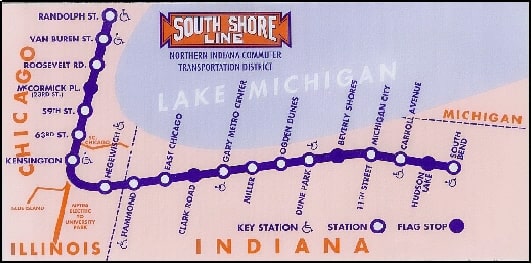 |
|
|
|
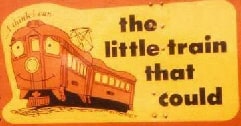 |
|
|
|
|
|
In the 1970's the cars carried these emblems.
Indeed the little train could, and did. While other
interurbans faded away, the South Shore Line
carries on.
|
|
|
|
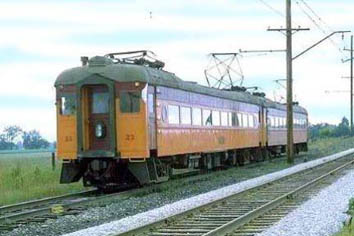 |
|
|
A two-car train of the old lengthened cars on a charter trip waits in the
siding 1970's. These cars lasted into the 1980's.
While most present day commuters enjoy the quiet air-conditioned cars,
most fans miss the old cars with the sounds of the air compressors and
the look and feel that gave them some class.
|
|
|
|
|
|
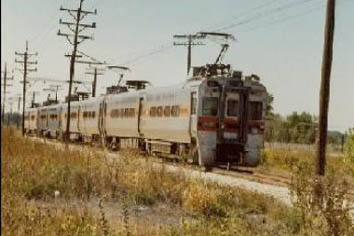 |
|
|
|
|
|
|
In the 1980's the old cars were replaced by these modern cars. The
bodies were built in Japan, and the finishing touches were added here. A
four-car train races through rural Indiana.
|
|
|
|
|
|
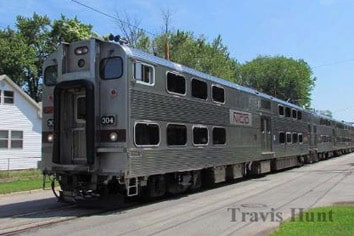 |
|
|
|
|
Even the new becomes old. The cars from the 1980's were approaching
30 years when many were rehabilitated and others were replaced by these
newer double-deck galley cars.
This train makes its way through the street in Michigan City.
|
|
|
|
|
|
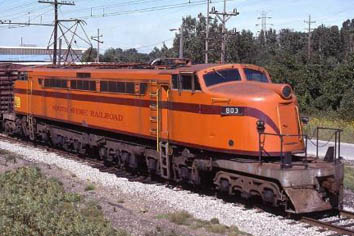 |
|
|
|
|
|
|
One reason the line survived was it's freight business. Most freight was
handled by these huge locos nicknamed "Little Joes". They were an
impressive sight, especially running through the streets of Michigan City.
Freight is now hauled by diesels.
|
|
|
|
|
|
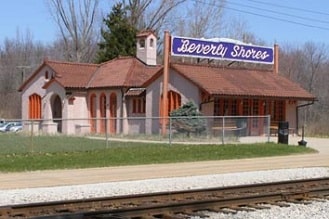 |
|
|
|
|
The picturesque Beverly Shores station has been restored. This station is the
same style (known as Insull Spanish) as were several stations on the Skokie
Valley Route of the North Shore Line.
|
|
|
|
|
|
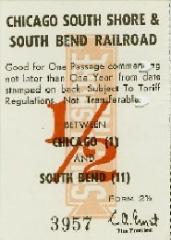 |
|
|
|
|
|
|
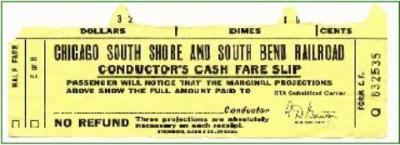 |
|
|
|
|
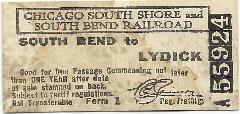 |
|
|
|
|
|
|
|
|
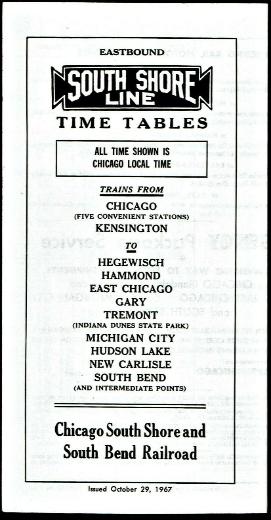 |
|
|
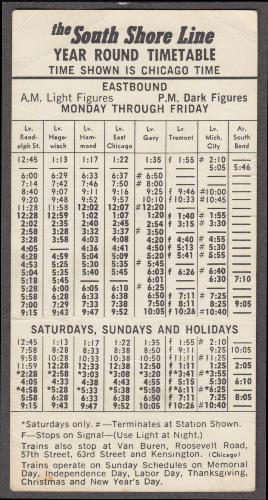 |
|
|
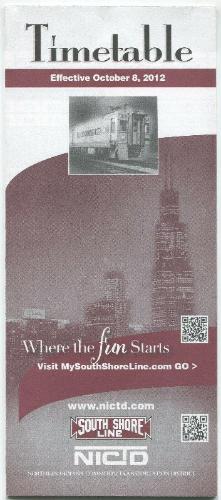 |
|
|
|
 |
|
|
|
|